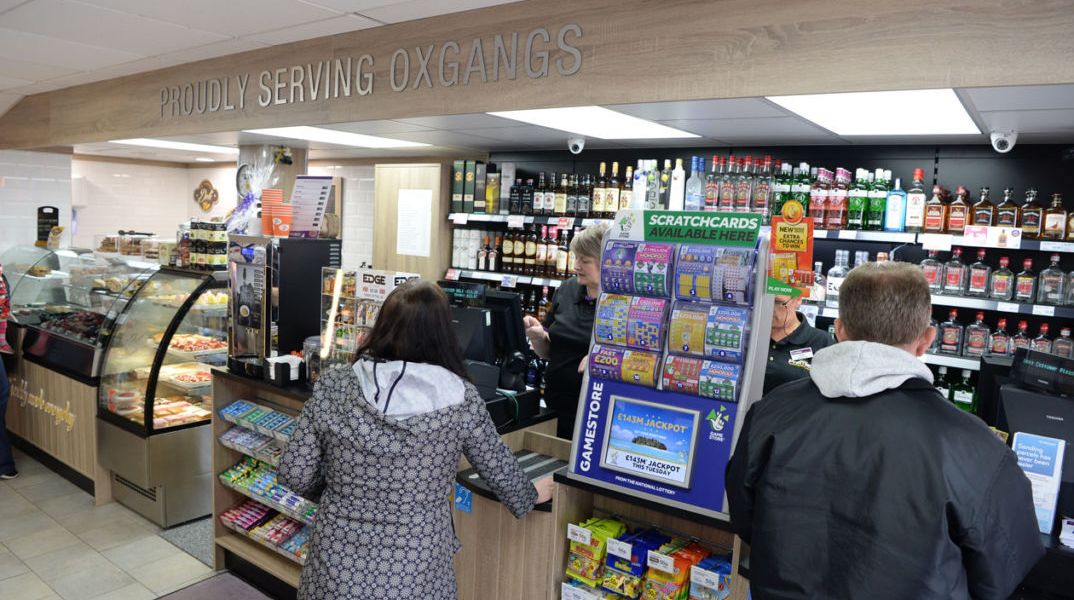Sales growth in independent convenience stores continues to outpace the wider grocery market according to the latest Kantar results.
Year on year, independent stores saw a 69.3% market share increase over the last 12 weeks, compared a 13.7% rise in take-home sales in supermarkets. Ocado had the strongest performance of any multiple, up 42.2%, followed by the Co-op (34.5%), Iceland (31.4%) and Lidl (14.3%).
In total, £799m went through the tills of symbol and independent stores over the period, £327m more than the same period last year. The strong convenience performance means more than £1 in every £7 spent on groceries is spent in a small format store.
Store owners react to Boris Johnson’s new one metre rule and pub reopening plans
However, the figure represents a slight decrease compared to April’s market share statistics and Kantar said the results for the most recent four-week period suggests the market has started to “edge slowly back towards normality.”
The trend was supported by the latest data from convenience EPoS system providers The Retail Data Partnership. It showed average basket spend in independent stores was still up significantly year on year, but had fallen from a peak of £10.07 on the week beginning 6 April to £8.76 on the week beginning 8 June.
Meanwhile, weekly footfall had recovered from a low of around 1,770 to 2,050.
CMA opens price gouging investigations into just four stores
Jacqui Dales, of London Road Bakery in Boston, Lincolnshire commented on the trend and changing Covid-19 restrictions stating: “We are already seeing a return to normal shopping patterns and spending.
“I think we will stick with simply limiting the number of customers in store, which in itself helps social distancing.”
Online sales remain a key battleground for the grocers, web and app-based sales up by 91% in the last month alone as one in five households bought groceries online.
News UK adds its support to NFRN coronavirus fund
Opportunities and challenges
Key drivers of in-store sales for the major grocers in June highlighted the importance of focusing on outdoor social occasions. These growth drivers included alcohol (up 43%), soft drinks (up 28%), ice cream (up 57%) and burgers (up 44%).
Despite the overall success in the grocery channel, Fraser McKevitt, head of retail and consumer insight at Kantar said there were still elements negatively affected by the crisis.
“Despite the jump, grocers are still navigating a steep drop in the amount of food and drink bought on the go, which was down by a third in early June,” he revealed.
Convenience stores have ‘new role’ post-lockdown says Unitas
Another challenge for retailers to overcome is safety in store. Despite the government’s move to reduce social distancing to one meter, only 54% of shoppers said they felt safe visiting a supermarket or convenience store even with 2 metres social distancing.
McKevitt said the impact was noticeable on customer receipts. “Sales of loose foods fell by 6% over the past month. Heightened awareness of public health saw shoppers choosing pre-packed products, with retailers putting some lines in packaging and closing many fresh food counters.”
He also warned the economic recession was likely to accelerate the already evident trend of consumers switching premium products for own label equivalents, with value expected to play a greater role in buying decisions as household budgets tighten.
Find out more on our coronavirus information hub for retailers



Comments
This article doesn't have any comments yet, be the first!